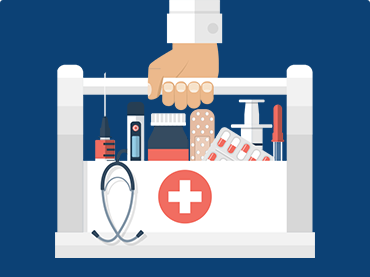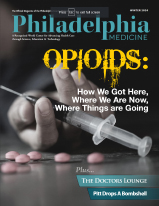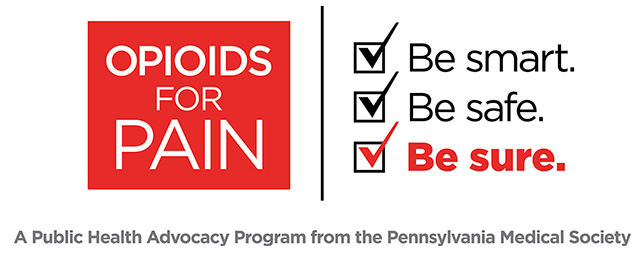The Pennsylvania Department of Health released a health alert on April 19:
ALERT: Interim Guidelines for Exposed Life-Sustaining Business
Workers
- Life-sustaining business workers, as defined in the Orders that the Governor and Secretary of Health of Pennsylvania issued, and subsequently amended, on March 19, 2020, may be permitted to continue to work following potential exposure to COVID-19.
- These life-sustaining business workers may continue to work provided they remain asymptomatic and additional precautions are implemented.
- Additional precautions include: pre-screening, monitoring, masking, social distancing, and routine disinfection/cleaning.
The Centers for Disease Control and Prevention (CDC) issued updated interim guidelines for implementing safety practices for critical infrastructure workers who may have had exposure to a person with suspected or confirmed COVID-19. The Pennsylvania Department of Health (DOH) is providing these updated guidelines for life-sustaining business workers. Additional guidance for healthcare personnel is forthcoming.
Life-Sustaining Businesses:
To ensure continuity of operations of essential functions, DOH advises that life-sustaining business workers may be permitted to continue work following potential exposure to COVID-19, provided they remain asymptomatic and additional precautions are implemented to protect them and the community.
This interim guidance pertains to employees of life-sustaining businesses that remain open pursuant to the Orders that the Governor and Secretary of Health of Pennsylvania issued, and subsequently amended, on March 19, 2020 and thereafter. A full list of life-sustaining businesses can be found on the Department of Community and Economic Development’s website.
A potential exposure means being a household contact or having close contact within 6 feet of an individual with confirmed or suspected COVID-19 for at least 10 minutes. The timeframe for having contact with an individual includes the period of time of 48 hours before the individual became symptomatic.
Life-sustaining business workers who have had an exposure but remain asymptomatic should adhere to the following practices prior to and during their work shift:
- Pre-Screen: Employers should measure the employee’s temperature and assess symptoms prior to them starting work. Ideally, temperature checks should happen before the individual enters the facility.
- Regular Monitoring: As long as the employee doesn’t have a temperature or symptoms, they should self-monitor under the supervision of their employer’s occupational health program.
- Wear a Mask: The employee should wear a mask at all times while in the workplace. Employers can issue facemasks or can approve employee-supplied cloth face coverings in the event of shortages.
- Social Distance: The employee should maintain 6 feet between self and others and practice social distancing as work duties permit.
- Disinfect and Clean Work Spaces: Clean and disinfect all areas such as offices, bathrooms, common areas, shared electronic equipment routinely.
If the employee becomes sick during the day, they should be sent home immediately. Surfaces in their workspace should be cleaned and disinfected. The ill employee should come up with a list of persons they had close contact with from 2 days prior to symptom onset until the date they last had contact with other people. Close contact is defined as being within 6 feet for at least 10 minutes. Those close contacts should be notified. If the close contact does not work in a life-sustaining business, the close contact should quarantine at home for 14 days since they were last exposed to the sick employee. Other employees at the facility who were in close contact with the employee during this time would be considered exposed.
Additional considerations for life-sustaining business employees:
- Employees should not share headsets or other objects that are near mouth or nose.
- Employers should increase the frequency of cleaning commonly touched surfaces.
- Employers should work with facility maintenance staff to increase air exchanges in room.
- Employees should physically distance when they take breaks. Stagger breaks and don’t congregate in the break room, and don’t share food or utensils.
Employers should implement the recommendations in the CDC’s Interim Guidance for Businesses and Employers to Plan and Respond to Coronavirus Disease 2019 to help prevent and slow the spread of COVID-19 in the workplace.




